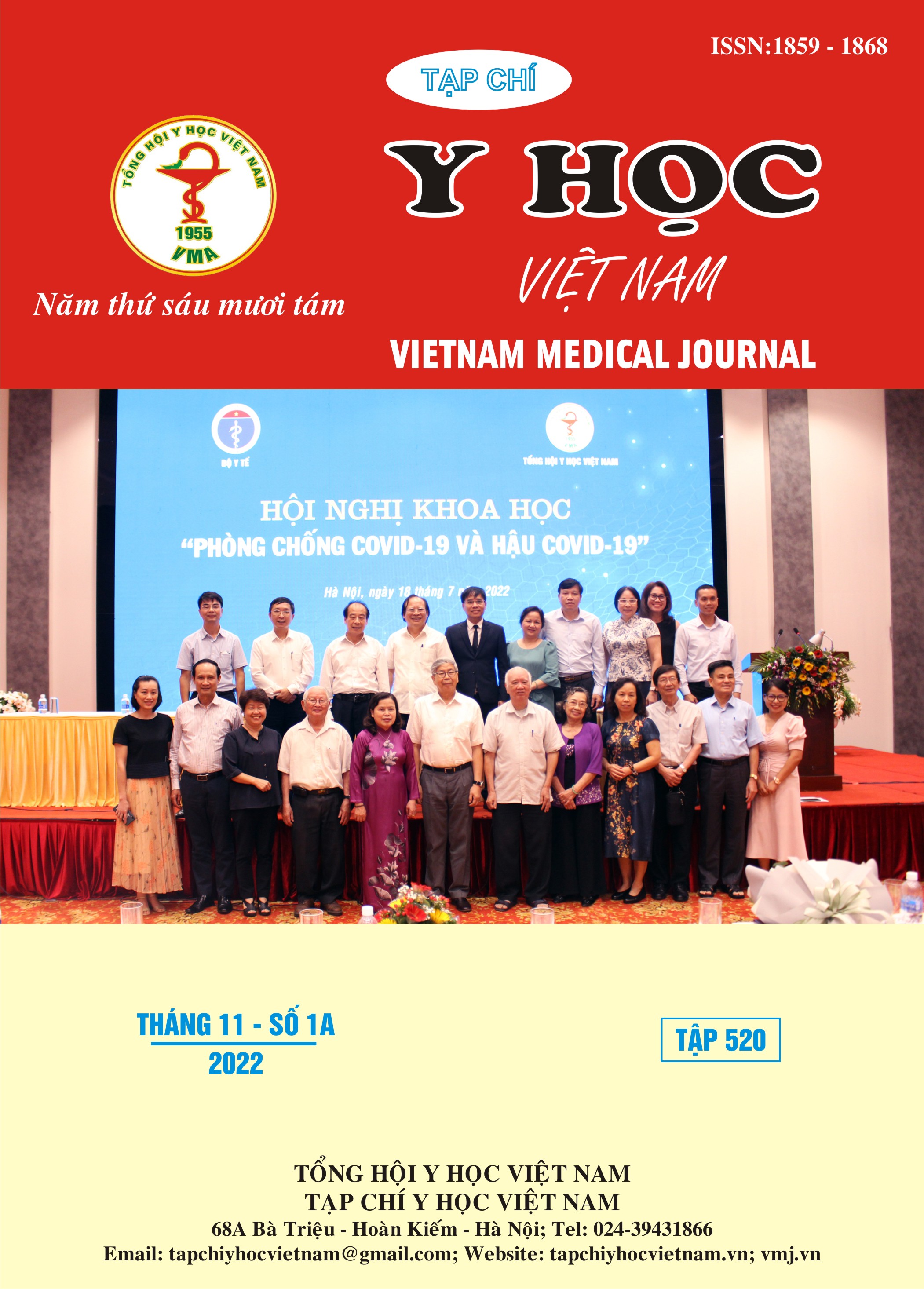SCOPING REVIEW ABOUT TREATMENT RESULTS FOR ADULT TRACHEAL STENOSIS
Main Article Content
Abstract
Objectives: Overview of treatment results for adult tracheal stenosis. Methods: Scoping review. We searched the database on PubMed, Medline, and the electronic library of Hanoi Medical University to identify original articles related to surgery treatment results for adult tracheal stenosis (endoscopic surgery or tracheal resection with anastomosis surgery or tracheal reconstruction with expansion grafting or stent placement). Primary outcomes are the rate of additional surgery performed, the success of decannulation if previously tracheostomy, and the rate of complication. Results: 22 studies with 4 methods of surgical treatment for adult tracheal stenosis were included in this scoping review. Outcomes of treatment for adult tracheal stenosis by endoscopic surgery, tracheal resection with anastomosis surgery, tracheal reconstruction with expansion grafting, stent placement: successful decannulation rate: 43,9-100%, 60-100%, 60-100%, 84,62%, respectively. Rate of additional surgery performed: 3,57-50%, 18,75-98%, 19,67-80%, 25-100%, respectively. Rate of restenosis complication: 3,57- 38,89%, 18,75 – 97,62%, 0%, 10,26 – 45,24%, respectively. Rate of granulation tissue complication: 4,26 - 40%, 2,38%, 40 – 66,67%, 25,64 – 48,81%, respectively. Conclusion: There are 5 methods of surgical treatment for adult tracheal stenosis in this scoping review. Patients with adult tracheal stenosis who undergo tracheal resection with anastomosis receive less surgery compared to those who undergo endoscopic treatment or tracheal reconstruction with expansion grafting or stent placement. The most common complications were restenosis and granulation after treatment for adult tracheal stenosis.
Article Details
Keywords
adult tracheal stenosis
References
2. Gaafar AA, El-Daly AA, Gaafar HA. Laryngotracheal augmentation using titanium mesh. J Laryngol Otol. 2008;122(4):391-396.
3. Nouraei SAR, Ghufoor K, Patel A, Ferguson T, Howard DJ, Sandhu GS. Outcome of endoscopic treatment of adult postintubation tracheal stenosis. Laryngoscope. 2007;117(6): 1073-1079.
4. Cavaliere S, Bezzi M, Toninelli C, Foccoli P. Management of post-intubation tracheal stenoses using the endoscopic approach. Monaldi Arch Chest Dis. 2007;67(2):73-80.
5. Quách Thị Cần (2008), Nghiên cứu nguyên nhân đặc điểm lâm sàng sẹo hẹp thanh - khí quản mắc phải và đánh giá kết quả điều trị tại Bệnh viện Tai Mũi Họng Trung ương.pdf.
6. Park HY, Kim H, Koh WJ, Suh GY, Chung MP, Kwon OJ. Natural stent in the management of post-intubation tracheal stenosis. Respirology. 2009;14(4):583-588.
7. Cui P, Chen W. Treatment of idiopathic laryngotracheal stenosis with laryngotracheal reconstruction. J Laryngol Otol. 2009;123(11):1233-1236.


